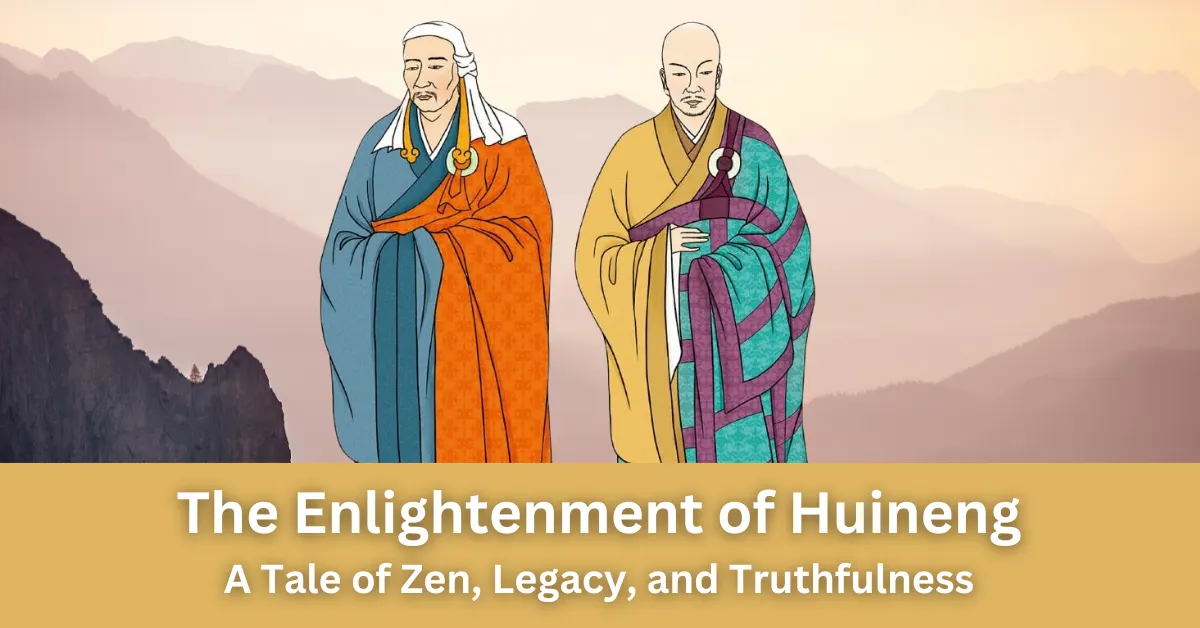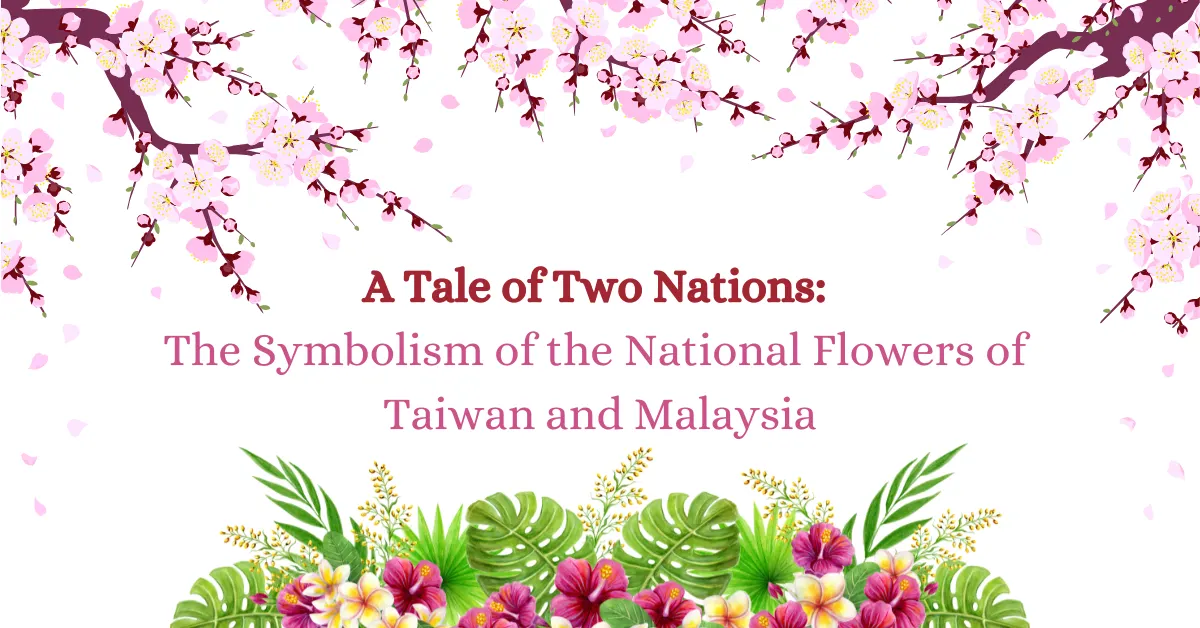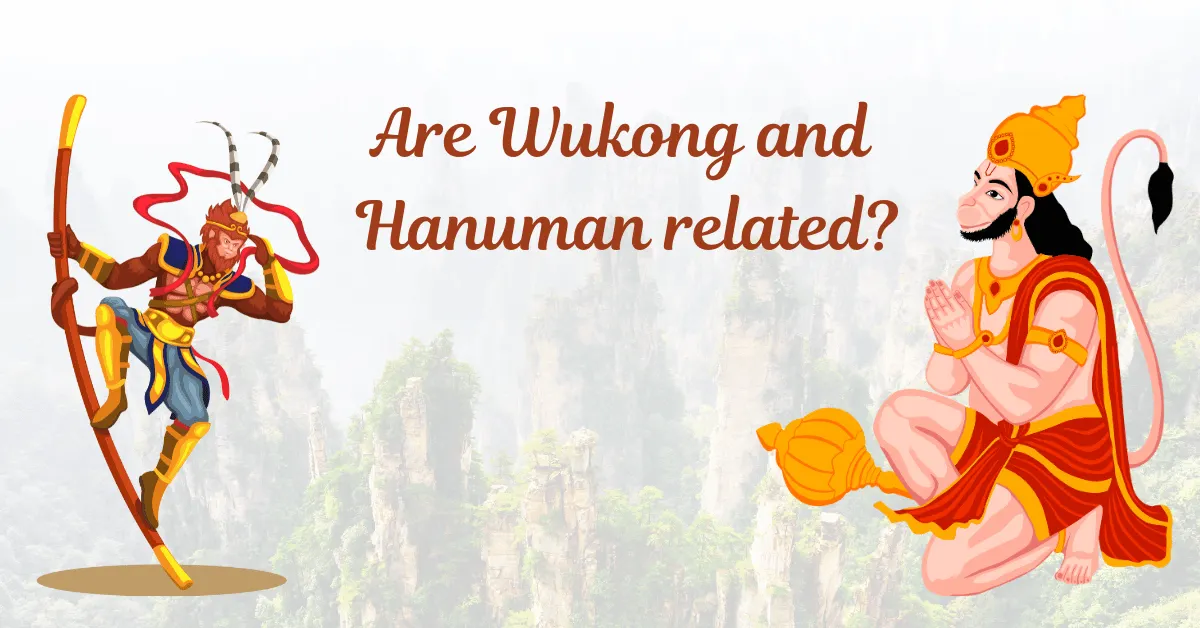Global Renaissance Stories | The Dancers of the Forgotten Dream
The Dancers of the Forgotten Dream
In a land once brimming with color and joy, where festivals filled the air with music and laughter, an unspeakable tragedy had cast a long shadow over the people. War, famine, and disaster had ravaged the land, leaving behind a hollow silence. Dreams were forgotten, and hope had vanished from the eyes of the people. In this world, where even the skies seemed gray, a group of dancers emerged—each of them bearing the weight of their own losses, yet carrying within them the power to bring forgotten dreams back to life.
These dancers were not always wanderers. Once, they had performed in grand palaces and crowded town squares. Their dances told stories of love, courage, and the triumph of the human spirit. But as the land fell into despair, so did their art fade. Many of the troupe had lost their families, homes, and everything they held dear. For a time, they too forgot how to dance, burdened by the weight of their grief.
It was the leader of the troupe, a woman named Li Mei, who first found the strength to dance again. One night, as she sat by a fire under the cold stars, her mind filled with memories of happier days, her body began to move on its own. Her feet traced patterns in the dirt, her arms moved gracefully as if remembering the old rhythms. Tears streamed down her face, but in the movement, she found something she had not felt in a long time—release.
Her fellow dancers watched, entranced. In her movements, they saw not just grief but resilience. They saw that, even in sorrow, beauty could exist. One by one, they joined her, their bodies remembering the old dances even as their hearts still ached. That night, they danced together for the first time in years, and in the rhythm, they felt a spark—a faint glimmer of hope.
The next day, they made a decision. They would travel the land and perform, not in grand theaters, but in the villages and towns where despair had taken root. They would bring their forgotten dances to the people who had also forgotten their own dreams. Though they had little to offer but their movements, they believed that through their art, they could plant the seeds of hope again.
Their journey was not easy. They walked through ruined towns and empty markets, where the silence was thick and the people's faces were etched with hopelessness. In one village, where the once-bustling square was now filled with rubble, they set up a makeshift stage. The people watched them with dull eyes, unsure of what to expect. Some had forgotten what joy even looked like.
But as the dancers moved, telling stories through the fluid grace of their bodies, something stirred in the crowd. The dances were ancient, passed down through generations, each movement a symbol of a dream long ago—of a farmer tending to his fields, of lovers meeting under a full moon, of children chasing kites in the spring breeze. Slowly, the people began to remember. They remembered the sound of laughter, the warmth of community, the dreams they once dared to have.
A young girl, barely old enough to understand the depth of her own family's loss, was the first to smile. She stood and twirled alongside the dancers, her small feet tracing the patterns of their movements. Soon, others followed—old men, weary mothers, and even those who had lost the ability to believe in anything good. They began to clap, to move, and for the first time in years, there was music in the air, though no instrument played.
With each village they visited, the troupe's reputation grew. They became known as The Dancers of the Forgotten Dream, for they did not just perform; they revived something precious in the hearts of those who watched. They reminded people that even in the darkest of times, dreams could be remembered, and hope could be reborn.
Yet, the troupe was not immune to the pain of the world. There were days when their own grief resurfaced, when the weight of their losses made it difficult to dance. But Li Mei would remind them, "Our dance is not just for them—it’s for us too. Through each movement, we heal, and through us, others heal."
Their journey took them far and wide, across mountains and deserts, through forests and fields, until they reached a city known for its sorrow. It had been the site of the fiercest battles, and now it stood in ruins, its people too broken to dream of a better future. The troupe was warned not to go there—“There is no hope left in that place,” they were told.
But Li Mei insisted. “If we don’t go, who will?”
When they arrived, the city was ghostly quiet. The streets were empty, the buildings crumbled, and the people hid in the shadows, afraid to come out. The dancers set up their stage in the center of the city, despite the whispers of doubt all around them. As they began to move, they noticed something unusual—no one came to watch.
Undeterred, they danced. They danced as if the city were full of people. They poured their hearts into every step, every gesture, hoping that somehow, someone would see. And slowly, one by one, the people emerged. At first, they stood far back, their faces blank. But as the dance continued, something changed.
An elderly woman, her back bent with years of hardship, stepped forward. Her eyes glistened with unshed tears as she whispered, “I remember…” And with that, she began to sway, her body recalling the dances of her youth. A child ran to her, laughing for the first time in months. And soon, the entire square was filled with people moving, clapping, and crying, as memories of joy and hope flooded back into their hearts.
The troupe stayed for days, performing every evening. By the time they left, the city was alive again—not just with movement, but with dreams. Gardens began to grow in the ruins, and laughter once again echoed through the streets.
The Dancers of the Forgotten Dream continued their journey, knowing there were many more places where hope had faded. But now, they carried with them the knowledge that, no matter how lost a dream may seem, it is never truly gone. It only takes one spark to reignite it.
And so, they danced—not just to perform, but to remind the world that hope, once forgotten, could always be found again.
Disclaimer: This story is a work of fiction. Any resemblance to actual events, people, or places is purely coincidental. The themes and characters are created for illustrative purposes only.



















































